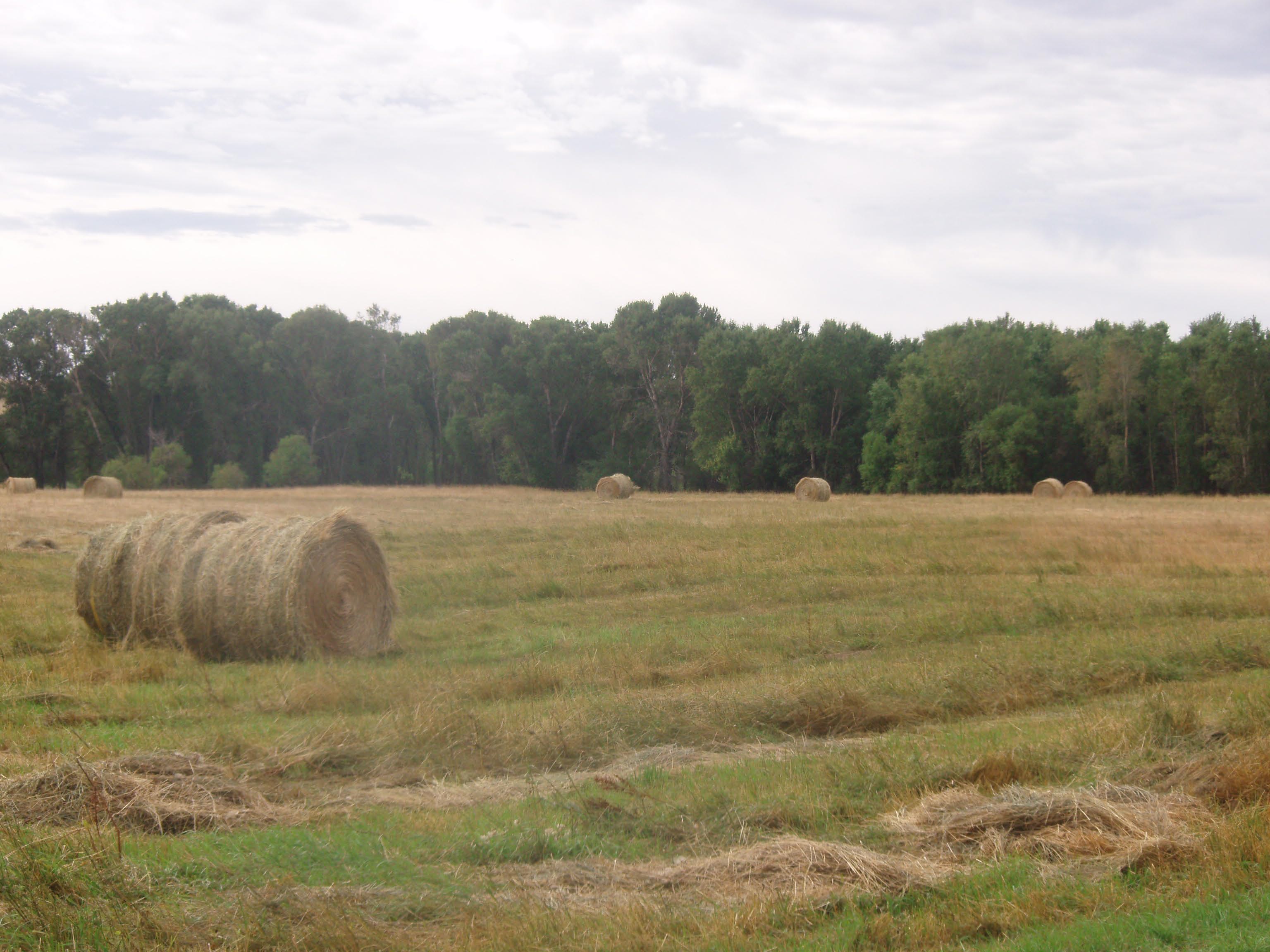
Agricultural News
OSU's Dr. Glenn Selk says Testing Forage Before Cutting is Critical
Thu, 14 Jul 2011 09:48:42 CDT
 Hot dry summer weather brings about heat and drought stress on summer annuals. Stressed plants such as the forage sorghums can occasionally accumulate dangerous concentrations of nitrates. According to Dr. Glenn Selk, Oklahoma State University Emeritus Extension Animal Scientist, these high nitrate plants, either standing in the field, or fed as hay, can cause abortion in pregnant cattle, or death if consumed in great enough quantities.
Hot dry summer weather brings about heat and drought stress on summer annuals. Stressed plants such as the forage sorghums can occasionally accumulate dangerous concentrations of nitrates. According to Dr. Glenn Selk, Oklahoma State University Emeritus Extension Animal Scientist, these high nitrate plants, either standing in the field, or fed as hay, can cause abortion in pregnant cattle, or death if consumed in great enough quantities.
Nitrates do not dissipate from suncured hay (in contrast to prussic acid), therefore once the hay is cut the nitrate levels remain constant. Therefore, producers should test hay fields before they cut them for hay. Stop by any OSU County Extension office for testing details. Testing the forage before cutting gives the producer an additional option of waiting and allowing for the nitrate to lower in concentration before harvesting the hay. The major sources of nitrate toxicity in Oklahoma will be summer annual sorghum type plants, including sudan hybrids, sorgo-sudans, sorghum-sudans, millets, and Johnsongrass.
Drought-stressed corn plants have been recently sampled in North Central Oklahoma and have been reported to test well above the 10000 ppm nitrate concentration that is considered potentially lethal to cattle. Other plants also may accumulate nitrates. Click here to read OSU Fact Sheet PSS-2903 over Nitrate Toxicity.
Some of the management techniques to reduce the risk of nitrate toxicity (Note: the risk of this poisoning cannot be totally eliminated), include:
1. Test the crop before you harvest it. IF it has an elevated concentration of nitrates, you still have the option of waiting for normal plant metabolism to bring the concentration back to a safe level. And experience tells us that we cannot estimate nitrate content just by looking at the field.
2. Raise the cutter bar when harvesting the hay. Nitrates are in greatest concentration in the lower stem. Raising the cutter bar may reduce the tonnage, but cutting more tons of a toxic material has no particular value.
3. Know the extent of nitrate accumulation in the hay and the levels that are dangerous to different classes of cattle; ie, pregnant cows, open cows, or stocker steers. If you still have doubt about the quality of the hay, send a forage sample to a reputable laboratory for analysis, to get an estimate of the nitrate concentration. This will give some guidelines as to the extent of dilution that may be necessary to more safely feed the hay.
4. Allow cattle to become adapted to nitrate in the hay. By feeding small amounts of the forage sorghum along with other feeds such as grass hay or grains, cattle begin to adapt to the nitrates in the feed and develop a capability to "digest" the nitrate with less danger. Producers should avoid the temptation of feeding the high nitrate forage for the first time after a snow or ice storm. Cattle will be stressed, hungry, and unadapted to the nitrates. They will consume unusually large amounts of the forage and be in high risk for nitrate toxicity.
5. Be sure to read OSU Fact Sheet PSS-2903, which is linked above, closely before cutting and feeding any summer annual hay.
Our thanks to Dr. Glenn Selk for this latest article on nitrate toxicity in livestock- it's a part of the weekly Cow Calf Corner electronic newsletter that Dr. Derrell Peel and Dr. Selk of OSU produce on most Mondays.
WebReadyTM Powered by WireReady® NSI
Top Agricultural News
More Headlines...




















